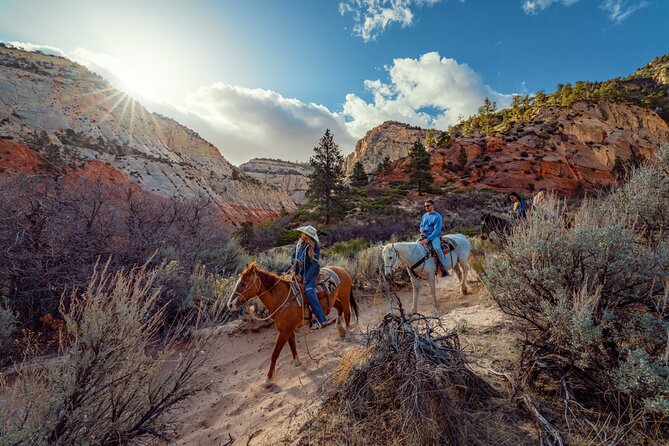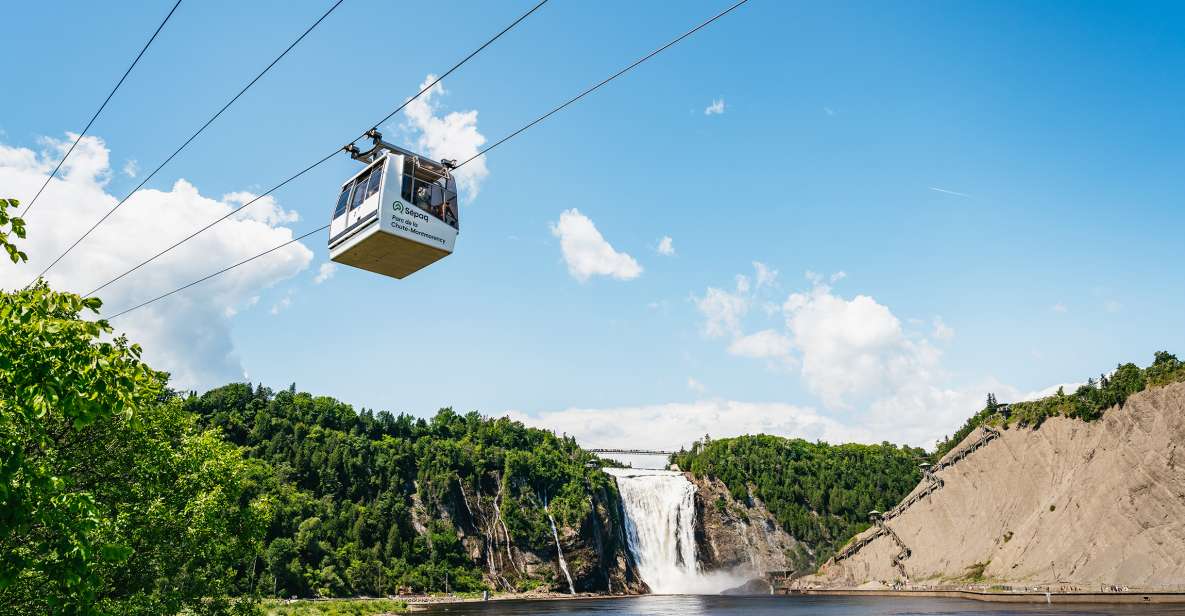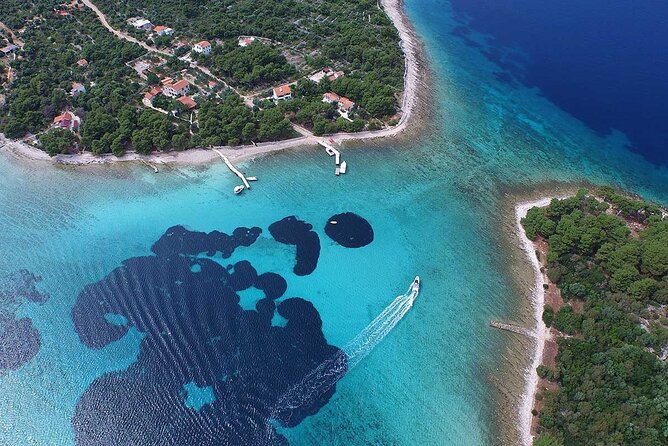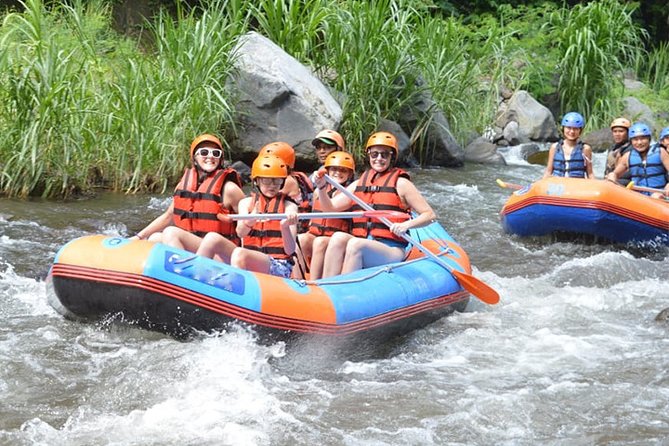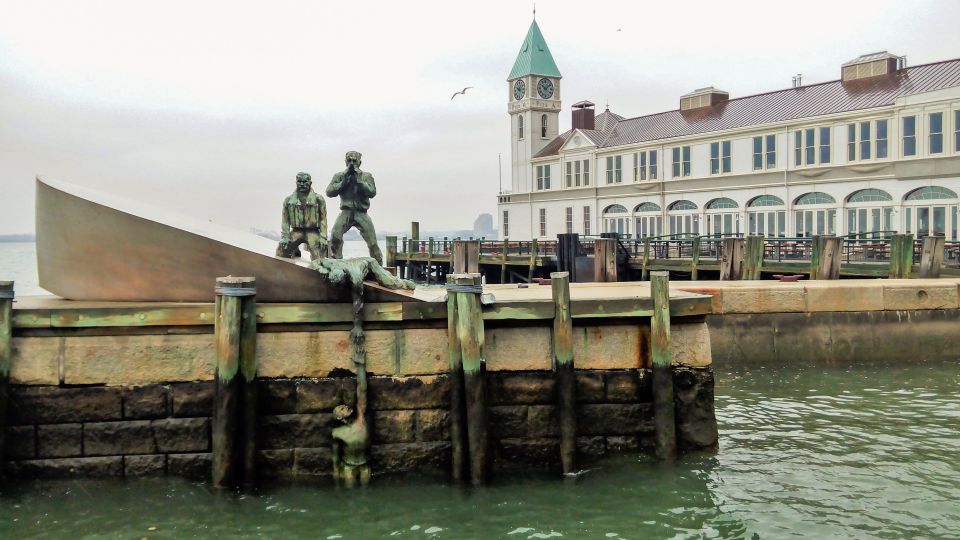Perched prominently in Palo Verde National Park, prepare to ponder the park’s potential for 2024 in Liberia.
With its diverse ecosystems and commitment to conservation, the park promises a promising future.
Just The Basics
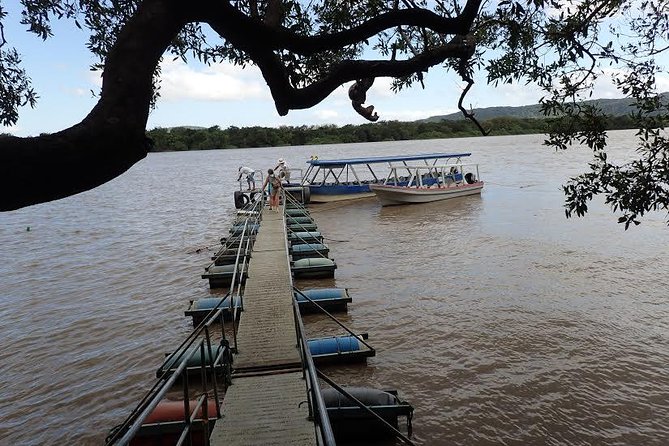
- Rich biodiversity and diverse ecosystems define Palo Verde National Park.
- Community engagement enhances conservation efforts in the park.
- Sustainable ecotourism opportunities promote conservation awareness.
- Wetlands in the park play a crucial role in supporting ecosystems and biodiversity.
Park Highlights and History
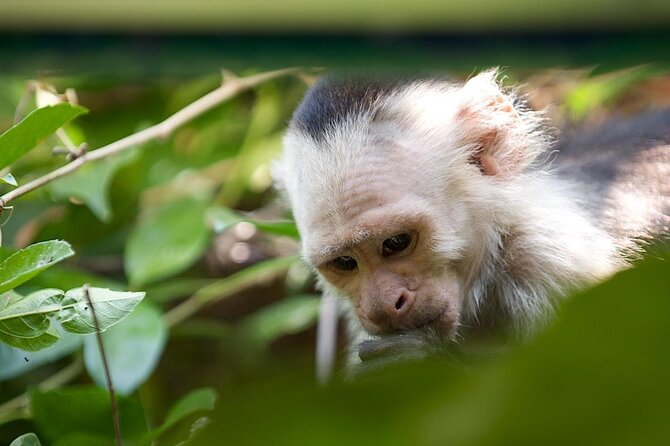
Located in Liberia, Palo Verde National Park, established in 1978, is a sprawling 45,492-acre reserve renowned for its rich biodiversity and immersive ecotourism opportunities. The park’s development over the years has been marked by a significant focus on conservation and sustainable practices.
Its historical significance lies in being recognized as a crucial area for protecting endangered species and preserving natural resources. Through collaborative efforts with local communities, Palo Verde has become a model for responsible ecotourism. By implementing sustainable tourism practices and engaging in research programs, the park has managed to strike a balance between environmental conservation and visitor experience.
This commitment to conservation and community involvement has shaped Palo Verde into a prime destination for nature enthusiasts and conservation advocates alike.
Diverse Ecosystems and Biodiversity
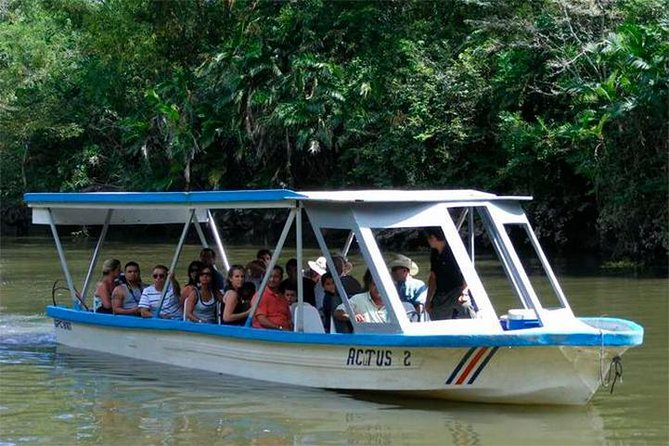
Encompassing a mosaic of diverse ecosystems, Palo Verde National Park in Liberia showcases an extraordinary range of biodiversity. The park’s unique plant adaptations allow various species to thrive in different habitats, from the marshes to the dry forests. This diversity attracts a wide array of animals, fostering intricate animal interactions within the park.
From howler monkeys swinging through the trees to birds nesting in the wetlands, Palo Verde is a hub of ecological interconnectedness. The symbiotic relationships between plants and animals create a balanced ecosystem where each organism plays a vital role. Visitors can witness firsthand the harmonious coexistence of different species and appreciate the beauty of nature’s intricate designs in this biodiverse sanctuary.
Community Conservation Initiatives

Community-led initiatives at Palo Verde National Park in Liberia actively engage local residents in conservation efforts to protect the park’s rich biodiversity and natural resources. Local engagement plays a crucial role in fostering a sense of ownership and responsibility towards the park’s conservation. Through conservation partnerships with nearby communities, initiatives are developed to address environmental challenges and promote sustainable practices.
These partnerships facilitate the exchange of knowledge and resources, leading to more effective conservation strategies. By involving the local population in decision-making processes and implementing community-based conservation projects, Palo Verde National Park can ensure long-term protection of its ecosystems and wildlife. Such collaborative efforts not only benefit the park but also empower residents to become stewards of their natural heritage.
Sustainable Ecotourism Experiences
To enhance the visitor experience and promote sustainable practices, Palo Verde National Park in Liberia offers a range of ecotourism opportunities that showcase its diverse ecosystems and rich biodiversity. Conservation practices are at the forefront of these experiences, with guided hikes through the park focusing on the importance of preserving natural resources.
Visitors can engage in wildlife encounters through birdwatching tours and wildlife spotting excursions, learning about the significance of protecting endangered species along the way. Educational programs on biodiversity provide insight into the interconnectedness of the park’s ecosystems, while photography workshops focused on nature capture the beauty of the wildlife within.
Wetlands Importance and Benefits
Wetlands within Palo Verde National Park play a vital role in supporting diverse ecosystems and providing numerous benefits to both wildlife and the environment. These wetlands act as natural water filters, helping in water filtration and providing flood control and shoreline stabilization. On top of that, they support rich biodiversity, offering habitats for a variety of plant and animal species. Plus, wetlands contribute significantly to carbon sequestration, aiding in the storage of carbon that would otherwise contribute to climate change. Visitors to the park can also enjoy recreational activities and educational opportunities centered around these wetlands. The table below highlights key benefits of wetlands in Palo Verde National Park:
| Benefits | Description |
|---|---|
| Water filtration | Natural filters for purifying water |
| Flood control | Helps in controlling floods and stabilizing shorelines |
| Biodiversity support | Provides habitats for diverse plant and animal species |
| Carbon sequestration | Aids in storing carbon and mitigating climate change |
| Recreational | Offers opportunities for recreation and education |
Common questions
What Are the Best Spots in Palo Verde National Park for Wildlife Photography?
For wildlife photography at Palo Verde National Park, birdwatching sites offer excellent opportunities. Consider sunset photography near the Tempisque River for stunning shots. Engage in guided tours for a chance to capture diverse wildlife in their natural habitat.
Are There Any Volunteer Opportunities Available for Visitors at the Park?
Volunteer opportunities at the park involve community engagement in conservation efforts and educational programs. Visitors can actively participate in protecting endangered species, sustainable tourism practices, and research initiatives, contributing to preserving natural resources.
How Does Palo Verde National Park Contribute to Local Sustainable Agriculture Practices?
Local partnerships at Palo Verde National Park engage in ecological restoration efforts that support sustainable agriculture practices. By collaborating with communities, the park promotes biodiversity, soil health, and water conservation, contributing positively to local farming initiatives.
Are There Any Special Events or Festivals Held Annually at the Park?
Special events at the park include cultural celebrations featuring local cuisine, music concerts, and art exhibitions. These festivities offer visitors a unique blend of entertainment and culture, enhancing their experience at Palo Verde National Park.
Can Visitors Participate in Any Scientific Research or Monitoring Programs During Their Visit to the Park?
Visitors at the park can actively participate in citizen science by joining research and monitoring programs. These initiatives offer a unique opportunity to engage with conservation efforts, fostering a deeper understanding of the park’s biodiversity and ecosystem health.
Not for you? Here's more of our most recent tour reviews happening neaby
- Private Transfer From Liberia Airport To Papagayo Peninsula
- Miravalles Volcano Walkable Live Crater Tour
- Deluxe Round-Trip Transfer: Liberia International Airport To Tamarindo Hotels
- Round Trip Transfer Liberia Airport (Lir) to Playas Del Coco Guanacaste
- Shuttle Service To Andaz Papgayo Resort
- Transfer From Liberia Airport (Lir) to JW Marriott Guanacaste Resort & Spa
- One Day Family Adventure Tour in Buena Vista
- Arenal One Day Unique Experience
Last Words
To sum it up, Palo Verde National Park in Costa Rica stands as a vital sanctuary for diverse plant and animal species. With its rich ecosystems, conservation efforts, and collaborative community initiatives, the park serves as a model for sustainable ecotourism practices.
Visitors can enjoy the wonders of nature through birdwatching tours and wildlife spotting excursions. By preserving natural resources and protecting endangered species, Palo Verde National Park remains a beacon of biodiversity and environmental conservation in Costa Rica.

